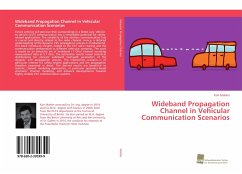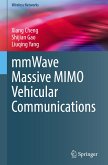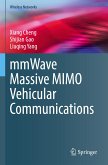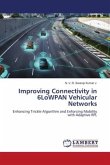Future vehicles will perceive their surroundings in a better way. Vehicle-to-vehicle (V2V) communication has a remarkable potential for safety-related applications. The reliability of the wireless communication link is crucial and directly related to the radio channel. Hence, a detailed understanding of the dynamic V2V propagation process is fundamental. This book introduces insights related to the V2V radio channel and the communication performance in different vehicular scenarios. The work is based on an extensive set of wideband (1 GHz) channel sounding measurement data at 5.7 GHz. The estimation results reveal statistical distributions for relevant wideband multipath parameters of the dynamic V2V propagation process. The intersection scenario is of particular interest for safety-related applications and the propagation therefore examined in detail. The derived results are beneficial to realistic channel modeling approaches, in particular geometry-based stochastic channel modeling, and enhance developments towards highly reliable V2V communication systems.
Bitte wählen Sie Ihr Anliegen aus.
Rechnungen
Retourenschein anfordern
Bestellstatus
Storno








